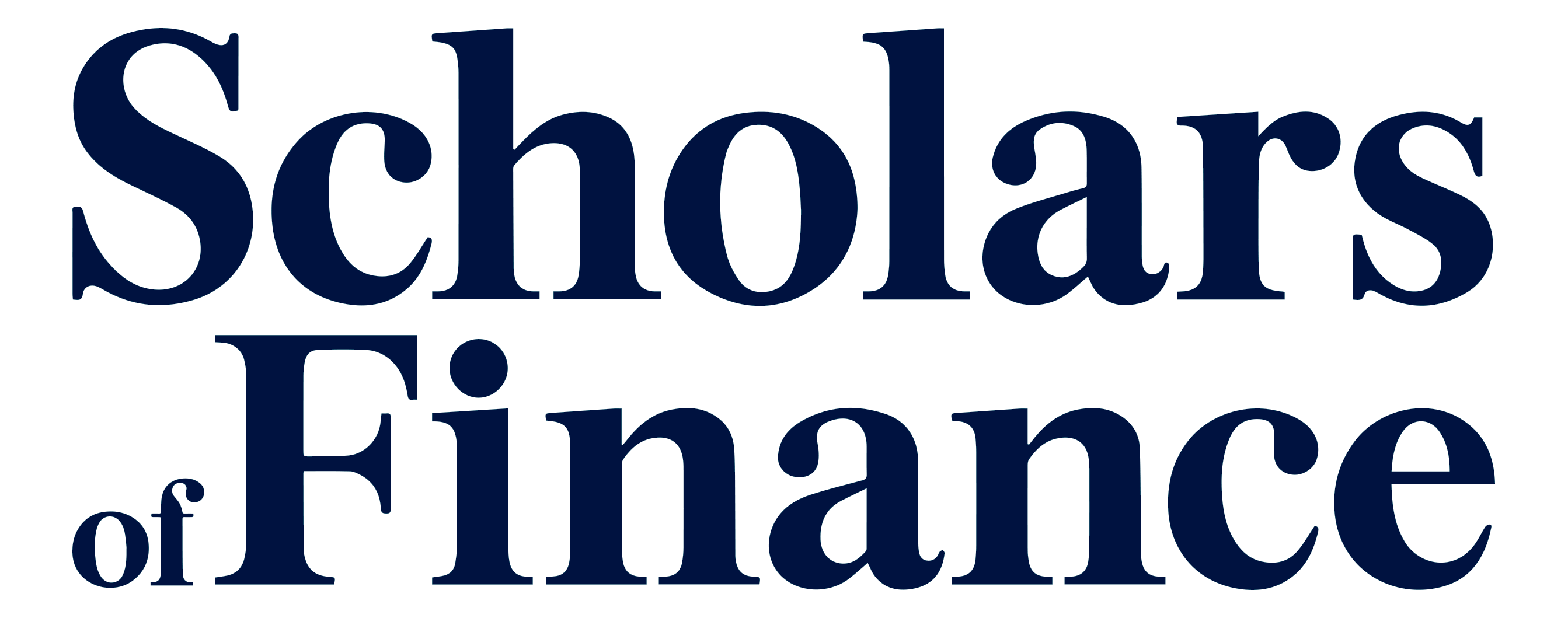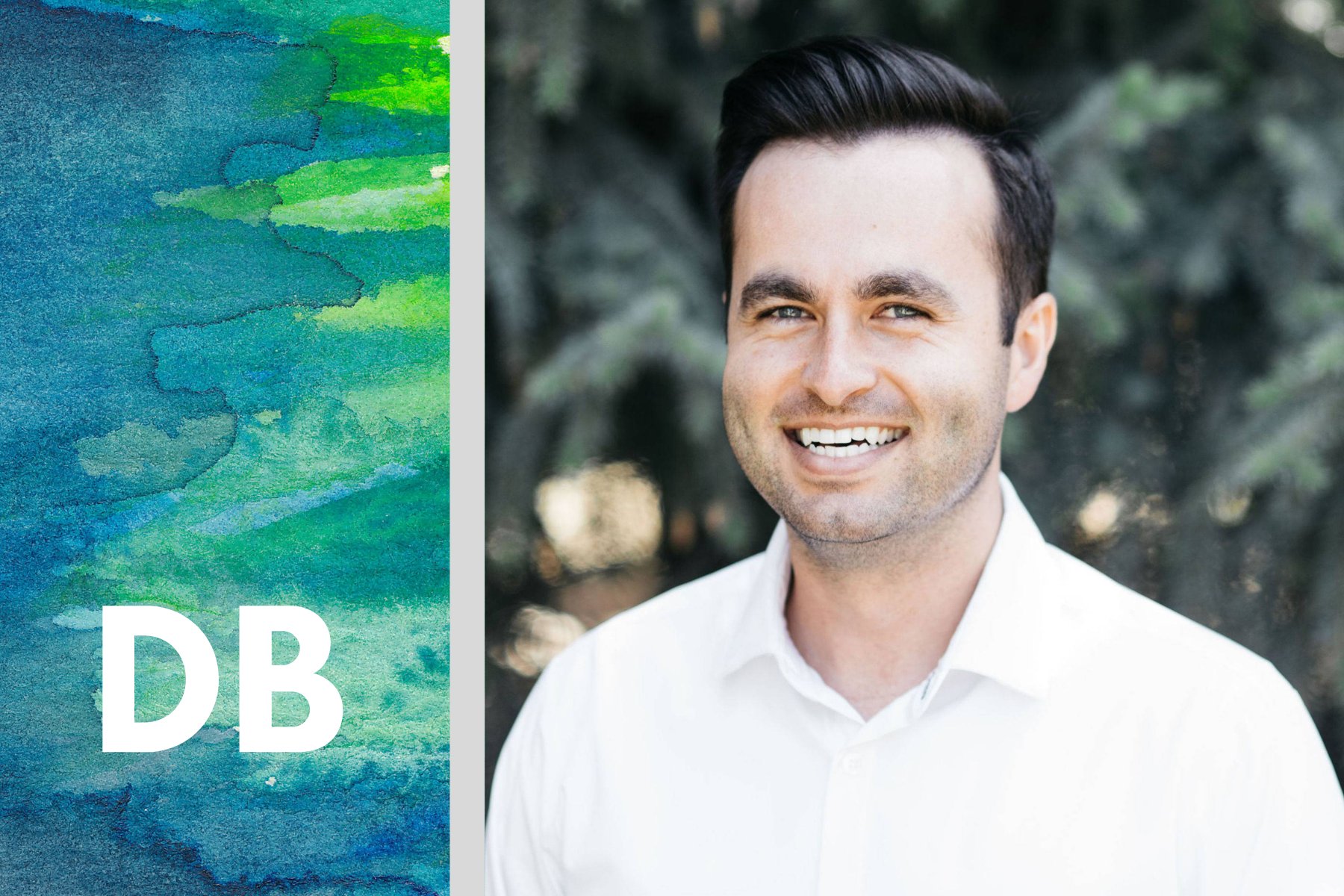Interviewing Daniel Blake, Managing Director at University Impact
Introduction
Daniel is a managing director and entrepreneur with over 12 years of work experience across two US states and multiple industries. Daniel co-founded EcoScraps Inc, a food waste management and garden manufacturing company, while in college.
In 2017, he served as a Senior Advisor for John Curtis, Congressman of the 3rd District of Utah. In the same year, he co-founded University Impact to fund ventures and businesses that are solving complex social problems, hosting a donor-advised fund that offers traditional grants and impact investments. Daniel has also worked for the BYU Ballard Social Impact Center as a Board of Advisor member, running philanthropic funds from donors dedicated to students.
Briefly walk us through your career, what professional experience did you have leading up to your current position at UI? Highlight some of the most impactful experiences that led you to impact investing.
I started my undergrad at Brigham Young University studying English and started EcoScraps Inc, a food recycling startup that turned food waste into lawn and garden products. I started it in my college dorm room with a couple of friends. We successfully grew the company, building a strong national presence and bringing our products into over 15,000 different locations. I eventually left BYU to be the full-time CEO of the company. We were eventually acquired by Scotts Miracle-Gro at the end of 2014. Over four and a half years, I grew EcoScraps Inc into one of the largest food waste recycling and garden products brands in the US as we raised money from both impact-oriented foundations and traditional investors.
The experience introduced me to social entrepreneurship, the idea that you use business to solve complicated social and environmental problems. Being an entrepreneur and receiving different types of investments and working for Scotts Miracle-Gro also introduced me to the world of impact investing.
I decided to leave and help lead a project with the United Nations World Food Program to work towards no food insecurity (SDG 2, UN) with national and global actors achieving this goal (SDG 17, UN).
Source: Corporate strategy | World Food Program
After two and a half years of developing sustainable agriculture in refugee camps, this international experience led me to get involved in politics in Iran and work as the campaign manager for Congressman John Curtis, the US representative for Utah’s 3rd congressional district.
I then decided to take these experiences in international markets to co-found University Impact. Instead of being pigeonholed by a specific type of financing, UI is unique in that we use a wide array of financial instruments to fund social enterprises in the way that benefits them most. This allows us to keep impact the number one priority.
We are special in that we combine impact investing and philanthropic capital. On top of what traditional venture funds use, we also use grants, recoverable grants, credit guarantees, direct loans, direct equity investments, and other fund investments.
I would say my experiences as a 22-year-old helped shape my perspective on the role that business should play in society. That is the reason why I continue to work with university students is to give them hands-on experiences and expose them to incredible organizations that are solving complicated social and environmental problems. My goal is for students to add their perspective on what role business and finance should play in society.
What do you think is the most valuable contribution University Impact has had to social entrepreneurship? Could you share more about the social versus financial return expectations for University Impact?
One of the reasons that University Impact often teams with students is to encourage them to be involved in social entrepreneurship and impact investing at the beginning of their careers. Impact Investing as an industry is odd in that people join at the end of their careers, so the learning lifecycle of people in the industry is short. If University Impact wants to solve complex problems, we need people working on these problems at the beginning of their careers.
University Impact is different from a traditional venture or private equity fund where we are not limited by specific returns. Operating in a private equity fund means achieving certain financial benchmarks that a team has promised to its investors.
Since the source of capital for University Impact is philanthropic organizations, there is less pressure on our team to deliver a specific financial return. There is a tremendous amount of flexibility in adjusting what those returns are going to be based on, be it impact or financial metrics. University Impact teams often challenge how traditional venture capital companies should think about financial returns.
University Impact aims to find the most appropriate financing method for each company. It might be a grant with greater risk if you get a negative return or a recoverable grant which has a 0% interest loan. We also follow the principle that a grant could be anywhere from 2-3% interest to 15-16% interest depending on the company’s overall risk profile. Our teams also make equity investments targeting up to 30% return.
Impact investments are not always the most appropriate solution. Sometimes a company does need a traditional grant so offering a recoverable grant would be irresponsible. The company should be self-sustaining and be able to pay back a loan at whatever amount it may be.
This approach is backward for most investors who start with the business, look at their returns, and figure out if the investment will help them generate a high percentage return on capital. University Impact is more focused on solving meaningful social or environmental problems and finding the most appropriate way of funding them.
There are a lot of criteria that businesses have to hit to guarantee whether they receive financing. What are some of the challenges in deciding which companies you invest in?
Deciding which company you invest in depends on the problem that these organizations are trying to solve. For example, conservation efforts often result in great solutions, however, the company’s business model is not one where investors have confidence in purchasing their products or services.
Investors have to be careful when they see a business model where the company is heavily reliant on donations. There are often nonprofits that exist because people are willing to give them grant funding because they are great at marketing their products and services, even though they have ineffective solutions.
In this scenario, the first thing to look at is whether someone is willing to pay for the product or service. When you’re dealing with the poorest of the poor, you’re dealing with very disadvantaged communities that often can’t afford the product or service. A recoverable grant might be the most appropriate form of financing if investors are willing to pay for a portion of the product or the service.
In the case where consumers are willing to pay for the product or the service, you should at least consider a loan. When taking a look at an equity investment, what you need to look at is whether you can take the company public, or if a strategic buyer would acquire the company. Without either of these happening, you will never get a positive return from an equity investment.
For instance, in addressing sub-Saharan African companies that request a long-term loan, we will study their business model and ask who is the beneficiary of the product or service, and if they can afford it, to decide the type of financing. Ted Talk: Andrew Mwenda: Aid for Africa?
How do you see the impact of investing in space growing in the next 10 years?
I have no idea where the industry is going to be in 10 years. To answer this question differently, figuring out the definition is probably the single biggest challenge that the industry needs to solve.
I do not view the current impact investing process as perfect and work has to be done before we bring impact investing to scale. If you look at impact investing from the company’s perspective, many are still trying to find product market fit. There is no agreed-upon definition of what impact investing is, so there are impact investing firms that say they are impact investors, but their actions say otherwise.
Could investing in a gym where people can live a healthy lifestyle be an impact investment? I would say it might be a good investment, but it is not an impact investment. It is a normal investment that has some fancy wrapping paper so that it fits this very ambiguous definition of what an impact is.
I have no idea if the industry as a whole is going to coalesce on problems that impact investing should address because of the tension around this form of investment. Another problem seems to be the conflict between two priorities of focusing on impact or financial returns.
I believe the industry needs to be specific about what the priority is. Many firms like University Impact are optimizing for impact and still making a substantial amount of money. However, we need to be careful about optimizing for impact and losing money as the industry grows.
There is a tremendous amount of money going into impact investing going into ESG. ESG has now become very politicized, with an example being Florida state banning their state funds from investing in ESG strategies. Unfortunately, ESG also suffers from a lack of definition with people criticizing that the definition is always changing and anyone gets to create their own definition.
Do you think that the United Nations SDGs provide some level of foundational definition?
The United Nations SDGs do a great job of putting some guidelines on how people interpret the name of the SDG goals. The UN’s SDG subgoals are very specific on what it means to target SDGs, such as how much money residents make if they are or are not poor (SDG 1, UN). Companies often do not dive into the specific metrics underneath any of the individual SDG goals and use SDGs broadly to claim that they are impact-focused.
The magic of investing in SDG goals is having a single metric that you are going after in the complex world of impact investing. If you have so many different metrics, you need to determine which one you care about like economic development, poverty, or climate change.
While we’re on this topic of defining what impact is for industry, I like to hear more about defining the impact for organizations focused on economic mobility. What are strategies or business models you have used or seen that are likely to solve economic mobility?
When attempting to solve economic mobility issues, it is important to understand that it is heavily affected by the location. For instance, in South Africa, [the unemployment rate hovers around 28 percent among workers aged 35 to 44 years, which is considered the largest share of labor force participation in the country.]
(South Africa: unemployment rate by age group 2022 | Statista)
(South Africa: labor force rate by age group 2022 | Statista)
If you are looking at an unemployment rate above 25 % for a country, you would make the assumption there are no jobs and a lack of economic activity. However, the real issue is often that these job openings do exist, but only highly skilled technical positions and people simply do not have the skills to fill these job openings.
I would ask companies about what type of jobs are needed for their business model. Most entrepreneurs and investors always answer with highly skilled positions, and in cases like South Africa, this is not the right answer. Then, look at the people’s current skill set and the natural progression they could take to acquire new skills. Finally, look at the quality of meaningful work where the needed skills match the skill sets that that population has.
A second problem behind advancing economic mobility in developing markets is the ownership of assets. Middle-class families need to be able to buy a house, own equity, or have a revenue share of the company they work at. For example, when you look at the middle class in the United States, it’s being squeezed despite the tremendous amount of economic growth because people only have their income and no assets. For instance, Amazon is generating an immense amount of wealth but very little is shared throughout the company.
I would advocate for employee-centric companies that support and invest in their employees and allow them to own a portion of the company. For example, Clif Bar recently reorganized and gave ownership to all employees (Inside Clif Bar’s Rocky Road to its Sale and a Possible $580 Million Employee Payout). Reorganizations like this should be talked about as much as the news from the impact investing world. Looking at different ways to support an individual’s access to assets is an incredible way of helping them accumulate wealth and generate economic mobility.
When making investments, I gauge the risk of the investment by breaking it into two parts: what the likelihood of the event happening is and the consequence if it does happen. This approach is brought up in the University Impact due diligence process as our associates talk about the likelihood of an event happening. We can start to quantify that likelihood and calculate a range of metrics that supports investment, and this makes it easier for our teams to specify what the consequences are if the outcome does happen.
Being able to quantify the likelihood and understanding the consequence of investment also makes it easier to specify mitigating factors. The University Impact team focuses on the most important sections of the impact assessment. This determines whether we succeed or fail. Almost every problem is going to have a couple of frameworks associated with it. However, this framework is always one of the places that I would start with before I try to solve a problem.



